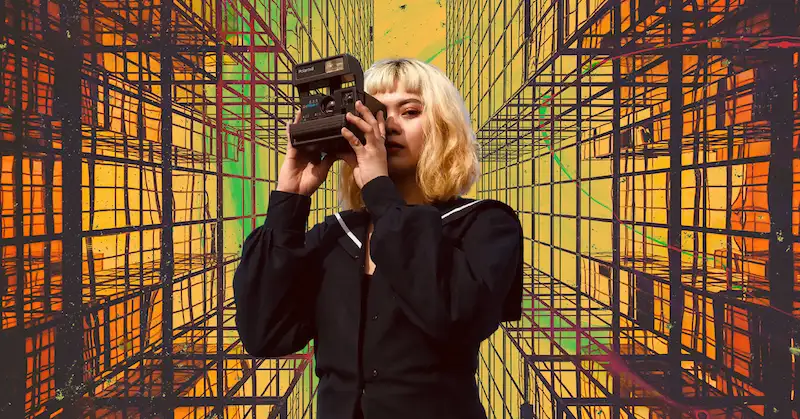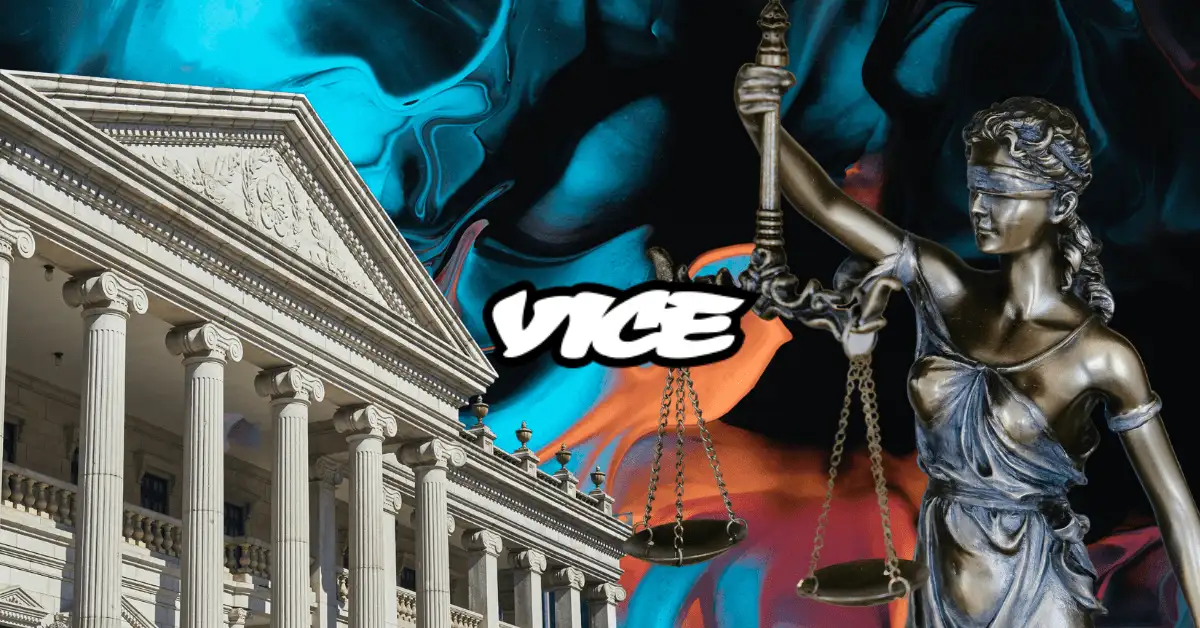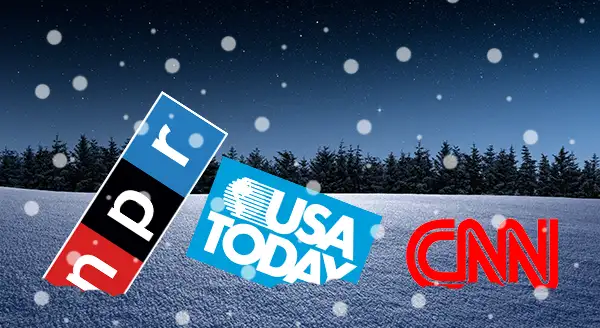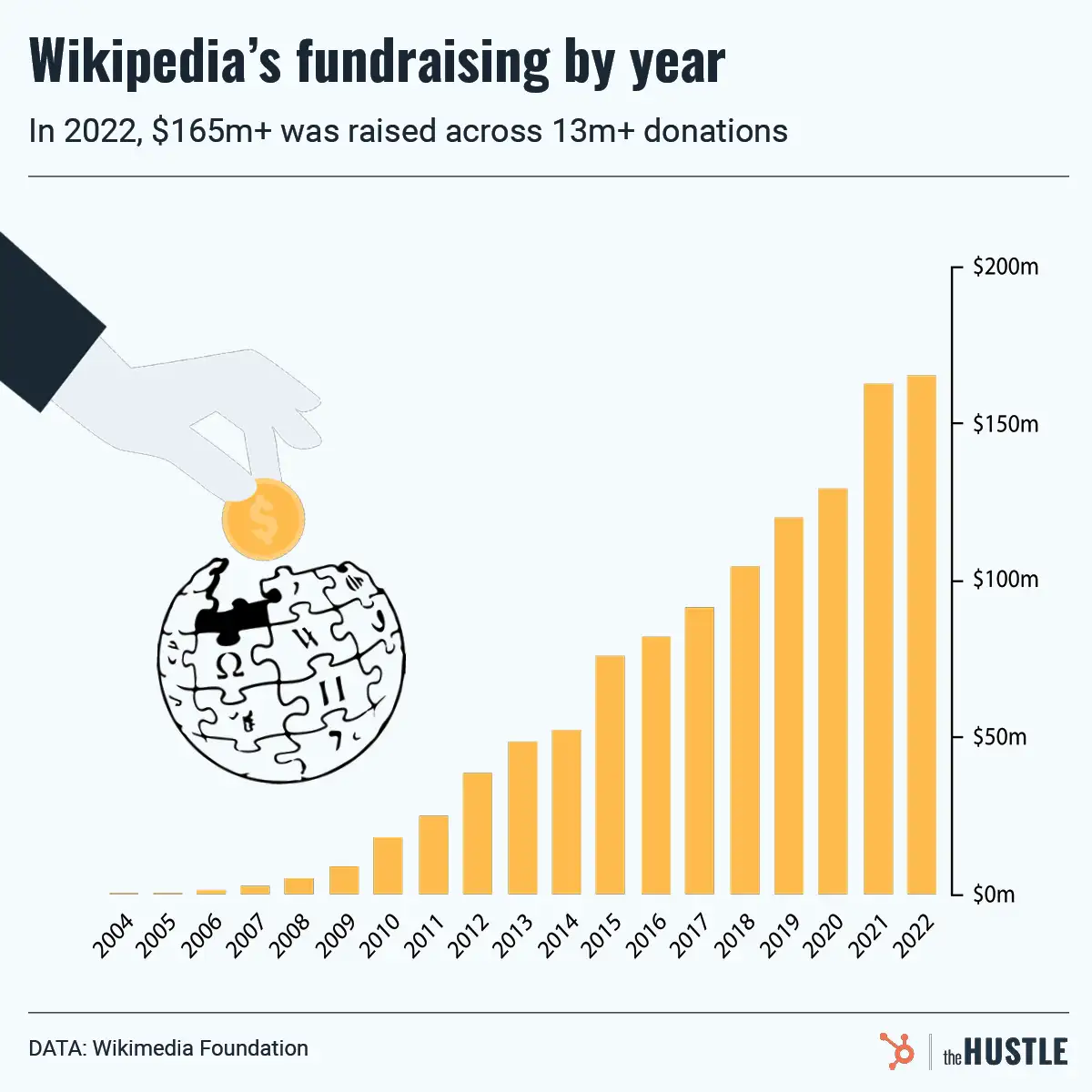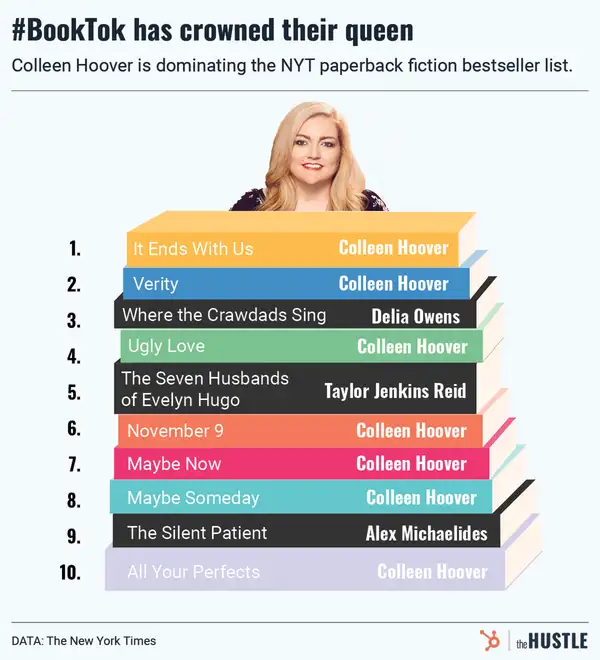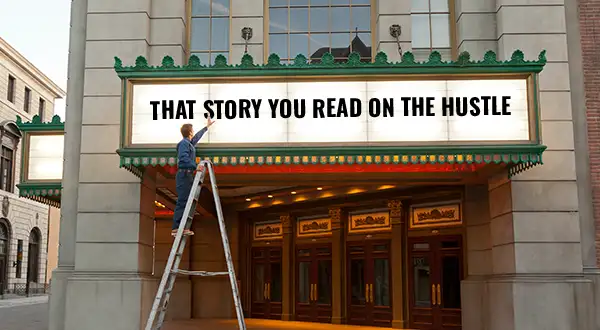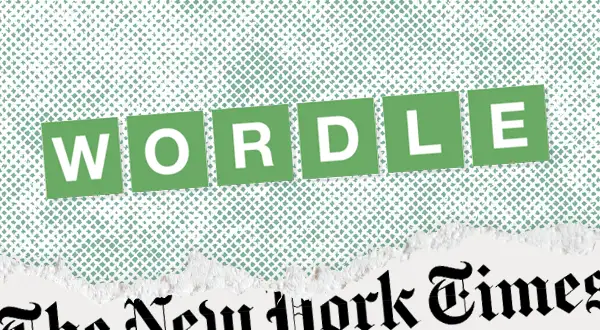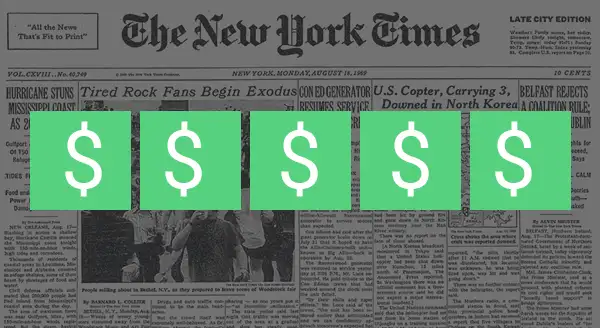While ~30k media jobs were cut in 2020, Substack — a popular email newsletter platform for self-publishers — has continued to grow.
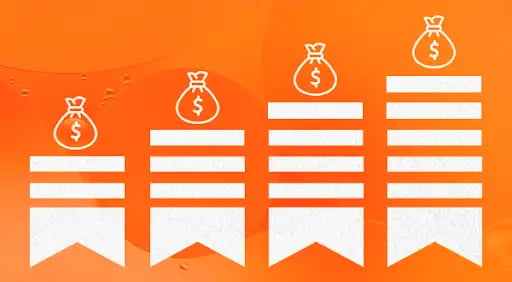
Today, the Y Combinator- and Andreessen Horowitz-backed business has 250k+ paying subscribers. Its top 10 writers make an estimated $7m in annualized revenue.
But per Vox, some Substack writers are taking serious issue with how (and why) Substack pays certain writers.
First, let’s talk about Substack’s business
In the era of the creator economy, Substack claims to put the writer first. It does this by being:
- Reader-supported, not advertiser-reliant: Its model has proven that subscribers are willing to pay for quality, differentiated information.
- Absent of newsfeed: With Substack, you sign up for emails from your favorite writers covering topics you care about most.
- Tech- and design-forward: The interface is easy to navigate, and the platform has a built-in payment system, allowing writers to focus on content.
As a result, its success is eclipsing incumbent writer platforms like Medium.
So, what’s the beef?
Writers like Jude Doyle, Annalee Newitz, and Emily VanDerWerff have aired public grievances about Substack’s sponsored writers:
- Certain writers are paid large amounts: Critics say this makes Substack more of a curated media company rather than the tech platform it claims to be.
- Substack doesn’t disclose which writers it pays: Several dissenters argue that this goes against journalistic tenets of transparency and disclosure.
- Some sponsored writers are allegedly transphobic and/or alt-right: Writers have started calling out high-profile Substack recruits like Glenn Greenwald, Matthew Yglesias, and Graham Linehan.
The anti-Substack movement is certainly divisive: Some folks, like writer Lindsay Gibbs, question using the platform while others buckle down on free speech.
Talk about a writer’s block.

